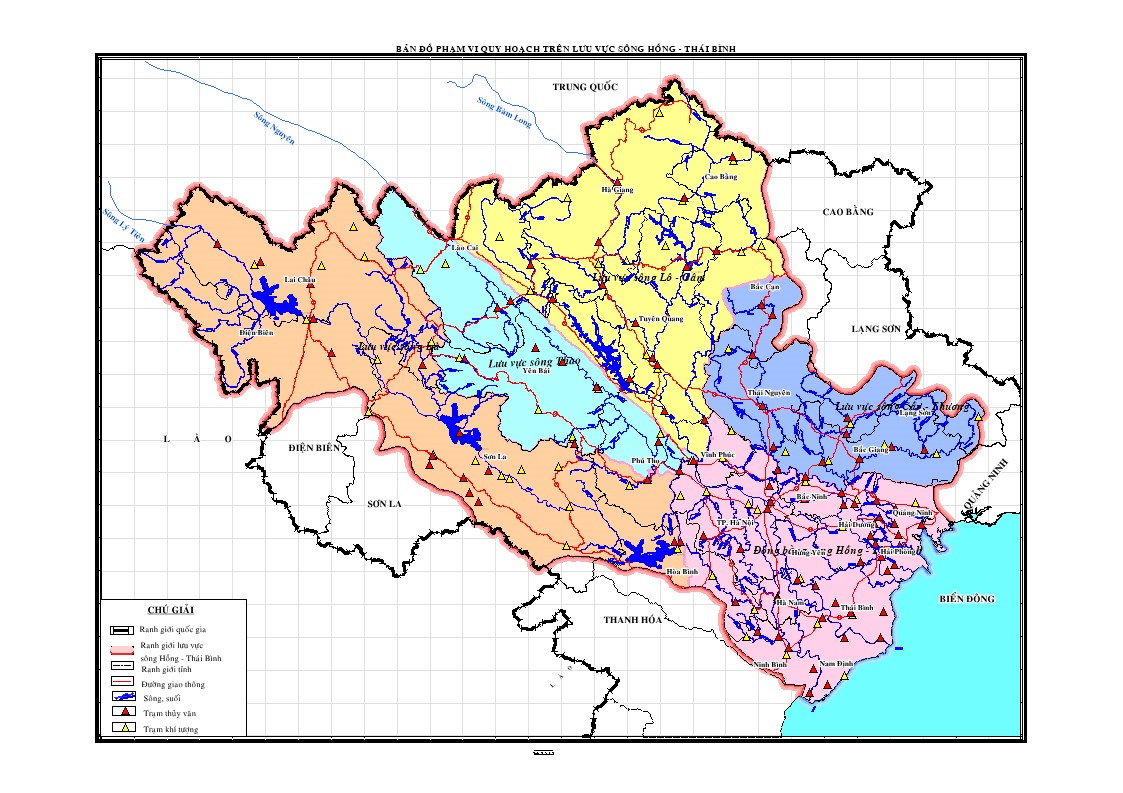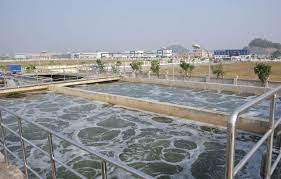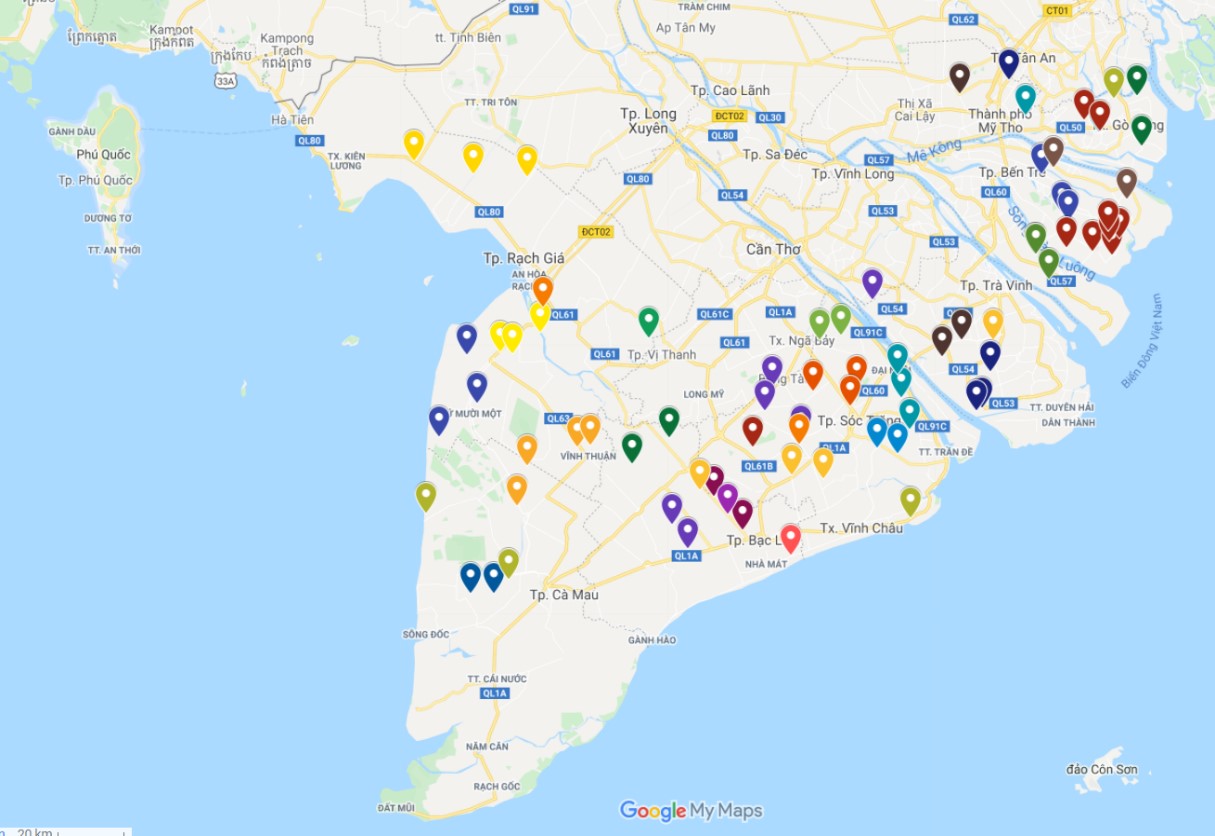05. NGHIÊN CỨU ĐỊNH LƯỢNG CÁC THÀNH PHẦN TRONG CÂN BẰNG NƯỚC MẶT LƯU VỰC SÔNG ĐÁY BẰNG MÔ HÌNH SWAT
Giới thiệu
Mục đích của nghiên cứu này là định lượng được các thành phần chính trong cân bằng nước để xác định được tỷ lệ đóng góp của từng thành phần vào tiềm năng tài nguyên nước lưu vực sông Đáy từ đập Vân Cốc đến sau nhập lưu sông Bùi bằng mô hình SWAT làm căn cứ lựa chọn nguồn nước sử dụng để phân bổ một cách hợp lý và bền vững. Mô hình SWAT được thiết lập với 20 tiểu lưu vực, 4 vùng tính toán, 4 hồ chứa lớn và 1 cống lấy nước Cẩm Đình dưới dạng Point Score. Sử dụng kỹ thuật hiệu chuẩn SUFI-2 để hiệu chỉnh và kiểm định mô hình tại trạm Lâm Sơn và trạm Ba Thá cho kết quả tốt, đảm bảo để mô phỏng trên toàn lưu vực. Kết quả mô hình sử dụng để định lượng các thành phần chính trong cân bằng nước gồm lượng mưa (P), bốc hơi (E), lượng nước mặt (SURQ), lượng nước sông thấm vào tầng chứa nước (SWGW), nước dưới đất cấp cho nước sông (GWQ). Phân tích kết quả cho thấy dòng chảy nội sinh từ mưa chiếm 63,44%; dòng chảy do chuyển nước từ sông Hồng qua cống Cẩm Đình vào chiếm 36,54%; lượng nước dưới đất cấp cho nước sông chiếm 0,02%, nước sông thấm vào tầng chứa nước chiếm 1,1%.
Toàn văn bài báo
Trích dẫn
[2]. Bhumika Uniyal, Madan Kumar Jha, Arbind Kumar Verma (2015). Assessing Climate Change Impact on Water Balance Components of Upper Baitarni River Basin using SWAT Model. Water Resources Management 29(13):4767. DOI:10.1007/s11269-015-1089-5.
[3]. European Commission (2015). Guidance document on the application of water balances for supporting the implementation of the WFD. Technical Report, Final-Version 6.1.
[4]. Nash, J. E; Sutcliffe, J. V. (1970). River flow forecasting through conceptual models part I - A discussion of principles. Journal of Hydrology.
[5]. J.G.Arnold, R. K. (2012). Input/Output Documentation Version 2012. US.
[6]. S.L. Neitsch, J.G. Arnold, J.R. Kiniry, J.R. Willi (2011). Soil and Water Assessment Tool Theoretical Documentation Version 2009. Texas Water Resources Institute Technical Report No. 406 Texas A&M University System.
[7]. Arnold, J et al., eds. (2009). The Soil and Water Assessment Tool: Historical Development, Applications, and Future Research Directions. In: Soil and Water Assessment Tool (SWAT): Global Applications. Special Publication No. 4., World Associatiom of Soil. US.





